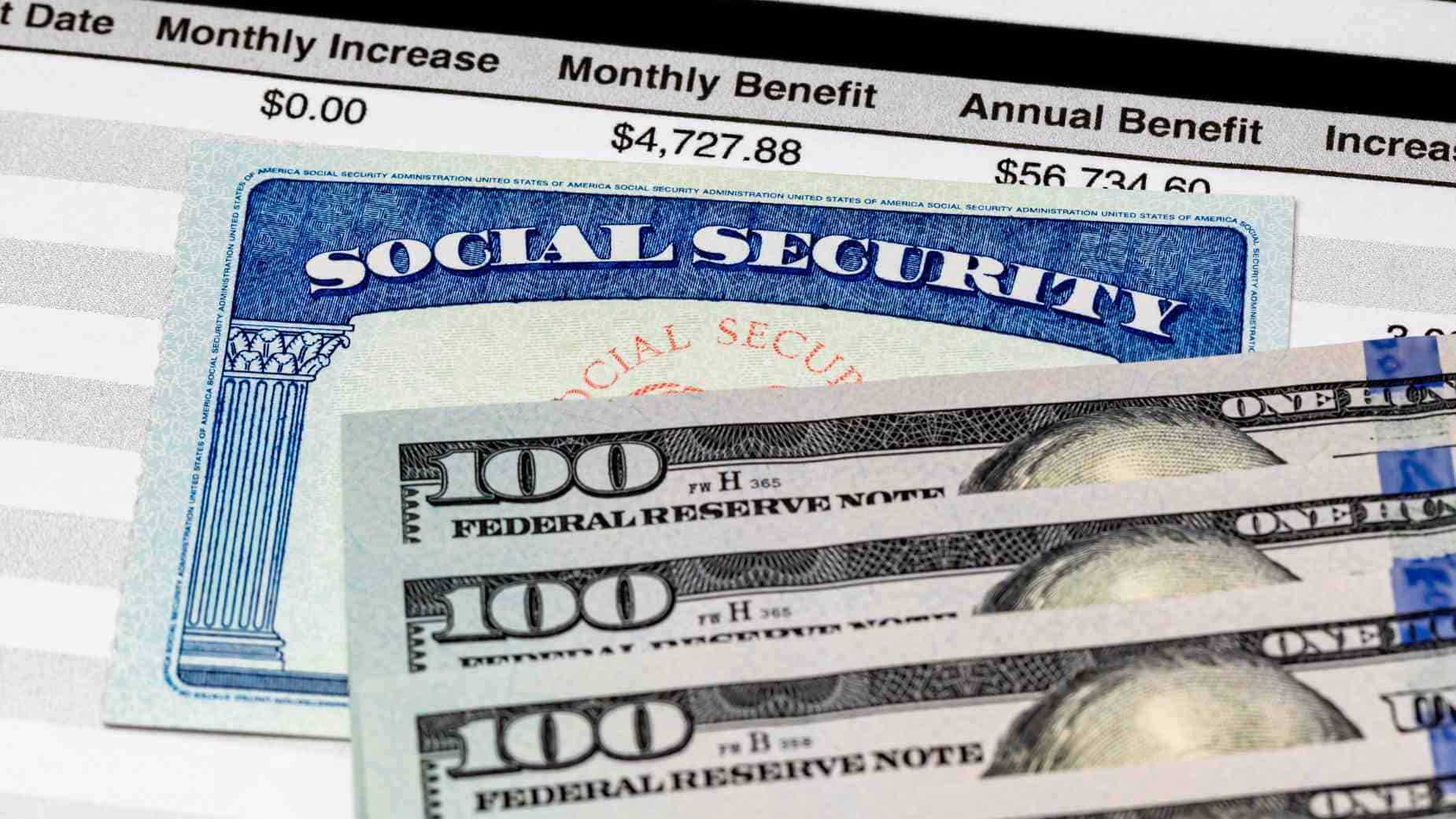Current Social Security recipients are aware of the upcoming changes in 2025. After all, the program changes on a yearly basis, albeit in little ways, and those who are accustomed to dealing with changes are no longer surprised. New employees of the Social Security Administration may be unfamiliar with its programs and annual adjustments to stay current.
Here are some of the changes that are coming in 2025
Cost of living Adjustment of Social Security benefits and Medicare
Every year, benefits undergo a cost of living adjustment (COLA) to ensure beneficiaries maintain their spending power and standard of life. This year, the COLA (calculated using the CPI-W from the third quarter) was announced as 2.5%.
This little boost can be beneficial to seniors since it indicates that inflation is finally decreasing, and, contrary to popular assumption, it is consistent with other rises witnessed over the last decade, averaging 2.6%, which is only 0.1% lower than the norm.
The average monthly Social Security retirement payment will increase by $48 and $39 for workers with disabilities.
In addition to growing benefits, Medicare premiums, particularly Part B, are increasing from $174.70 to $185 per month, making COLA appear insufficient for some. Medicare premiums are deducted from Social Security pensions before reaching beneficiaries’ accounts, resulting in a lesser rise.
However, other changes occur with the start of the new year. Medicare premiums will increase from $174.70 to $185 per month, as they typically do every year. The additional charge will reduce the Social Security payment rise.

The earnings test limit is increasing
This is good news for those who continue to earn cash while receiving retirement benefits. Workers are subject to the “Earnings Test Limit,” which reduces their benefits if their earnings exceed a specified amount. How much depends on whether or not you reach full retirement age in 2025.
Earning restrictions for people not reaching full retirement age in 2025 are $23,400. Benefits will be reduced by $1 for every $2 earned beyond this limit. Individuals reaching full retirement age in 2025 have an annual exempt amount of $62,160. Benefits will be reduced by $1 for every $3 beyond the limit.
Higher maximum benefit
Every year, the Social Security Administration increases the maximum benefit amount for several categories of benefits. In 2025, the retirement benefit will increase from $4,873 in 2024 to $5,108 per month. To receive this maximum benefit, you must meet stringent qualifying requirements, including working at least 35 years and regularly earning at or above the maximum taxable limit, which is set at $176,100 next year. To receive the maximum payout, recipients must delay benefits until they reach the age of 70.
Those who started benefits earlier have lower maximum monthly amounts. At age 62, the maximum is $2,831, while those starting at age 67 can get up to $4,043. Delaying benefits continues to provide major financial advantages.
Also See:- List of all Social Security payments still due in December – 1 comes with COLA increase















Leave a Reply